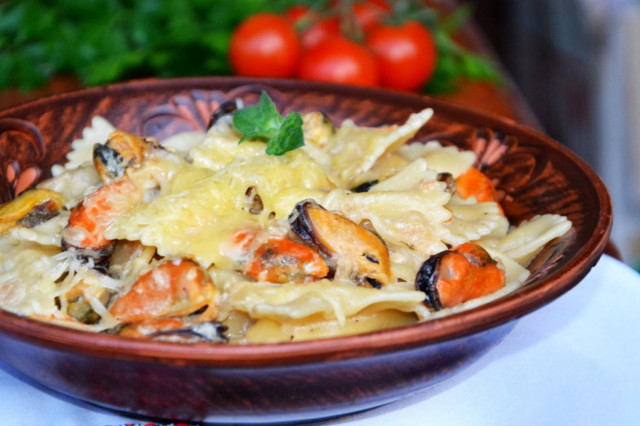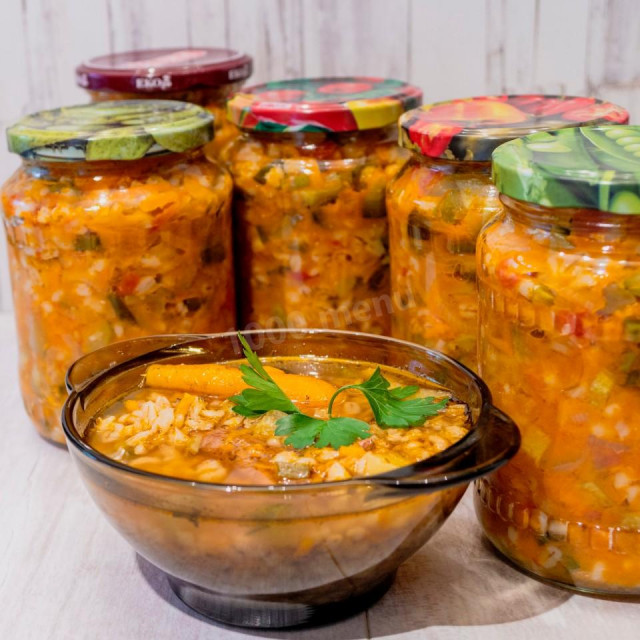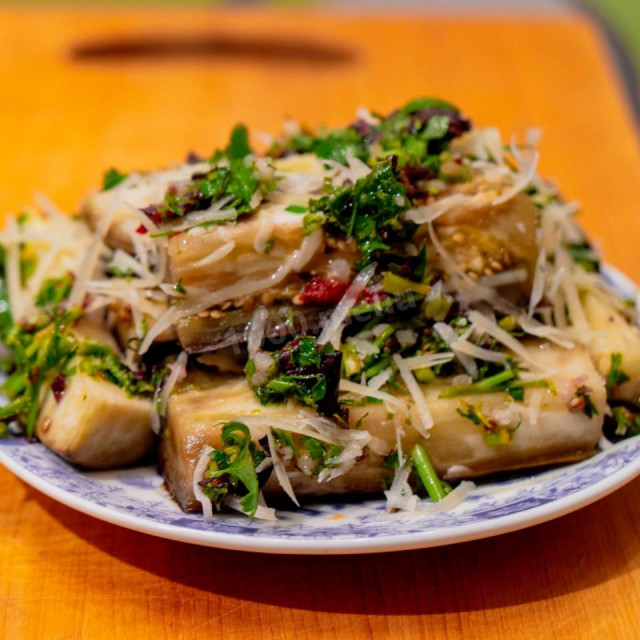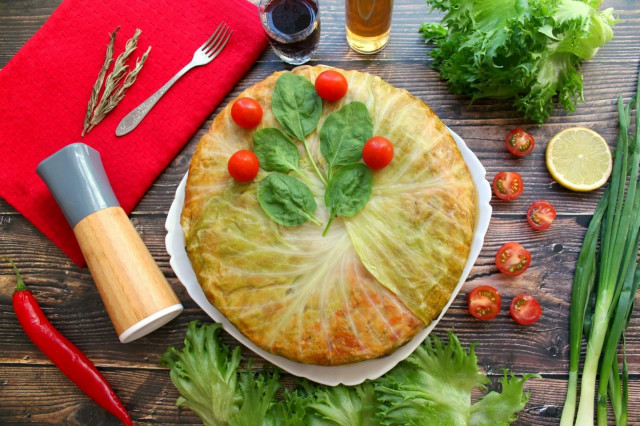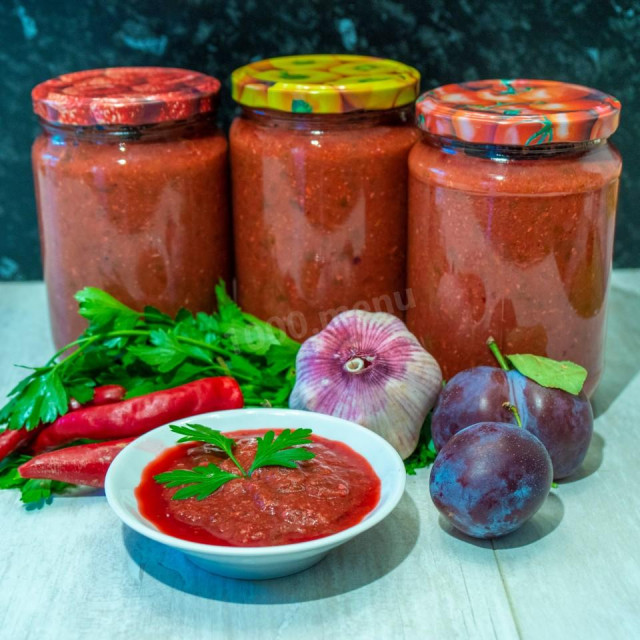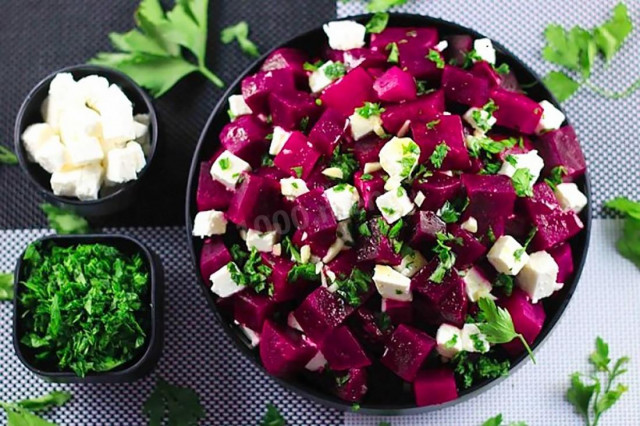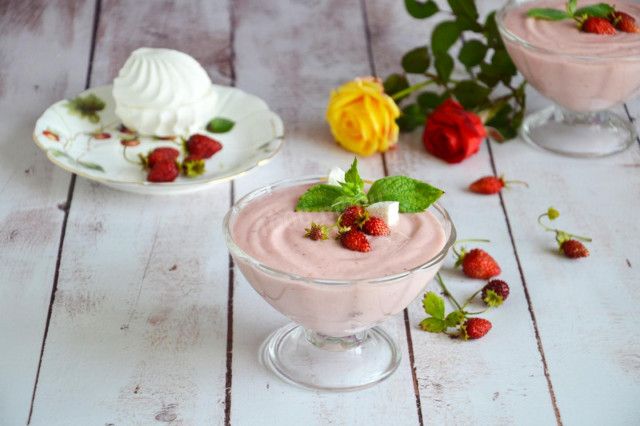Composition / ingredients
Step-by-step cooking
Step 1:
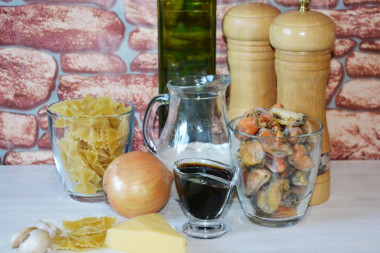
Prepare the products according to the list. My pasta is "butterflies" from durum wheat. The amount of garlic is at your discretion.
Step 2:
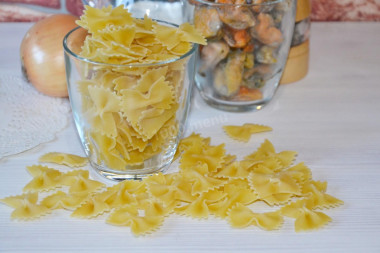
First of all, boil the pasta. We cook according to the instructions on the package. I boil it until it's ready, not al dente, because then I just warm it up in the sauce.
Step 3:
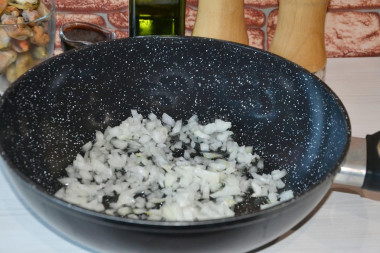
In a deep frying pan or saucepan, heat the vegetable oil, cut the onion into a small cube, fry until soft.
Step 4:
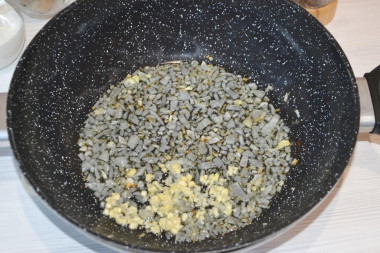
Garlic. Many people simply heat garlic in oil, and then throw it away, it turns out oil with garlic flavor. I suggest passing the garlic cloves through a press, add to the onion and fry. It will be very fragrant and delicious - cream with garlic gives an amazing taste!
Step 5:
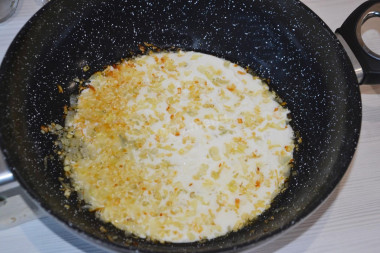
When the vegetables are fried until soft, pour in the cream. Fat content is at your discretion. If the cream is 10-12% fat, warm it up for literally half a minute so that they do not curdle. If the fat content is above 20%, warm it up for 2-3 minutes over low heat, stirring.
Step 6:
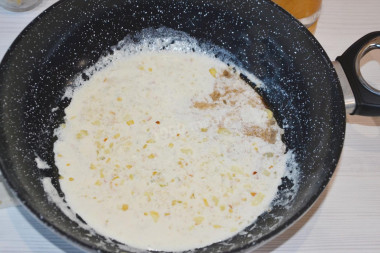
Then pour in 2 spoons of soy sauce - it will give flavor to our sauce and emphasize the taste of mussels. If you don't like soy sauce, don't add it. Warm up with the sauce for another 1 minute.
Step 7:
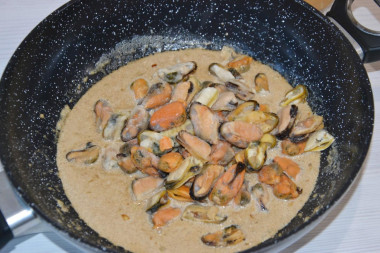
If you have freshly frozen mussels, you do not need to defrost them, send them immediately to the sauce, stir and cook for 7 minutes.
Step 8:
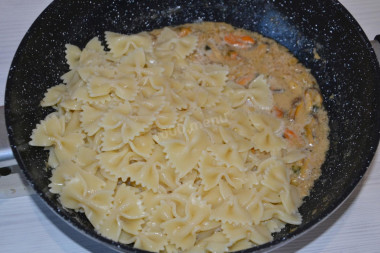
Then we send the cooked pasta to our sauce with mussels, mix and warm it up for literally 1-2 minutes so that the pasta is well soaked in the sauce.
Step 9:
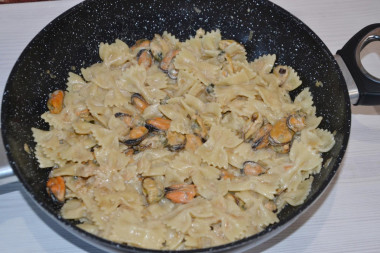
The dish is ready!
Step 10:
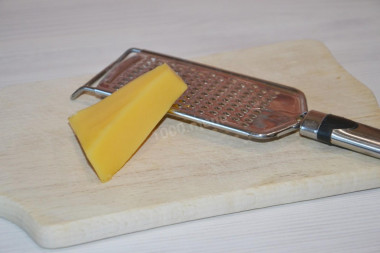
For the taste and structure of the dish, I suggest sprinkling the pasta with grated cheese on top.
Step 11:
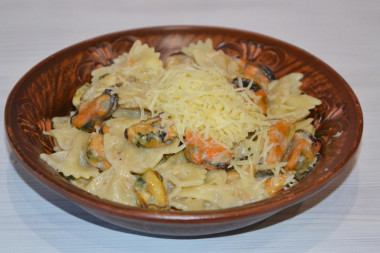
Pasta with mussels is ready! Serve hot with fresh vegetables. In a short time, a delicious and nutritious lunch is ready.
Step 12:
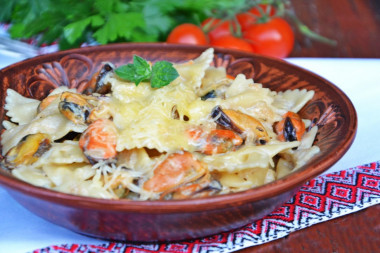
Cook for your health, bon appetit!
You can take any pasta for this dish. Spaghetti or seashells, whatever you like, are also suitable. We prefer hard wheat pasta.
Take cream of any fat content, the less fat content, the more nutritionally the dish will turn out.
Cooking is very simple and fast, even a novice cook can cope. Cook for health!
Caloric content of the products possible in the composition of the dish
- Onion - 41 kcal/100g
- Buttermilk - 36 kcal/100g
- Cream of 20% fat content - 300 kcal/100g
- Cream of 10% fat content - 120 kcal/100g
- Cream - 300 kcal/100g
- Pasta, premium, fortified - 337 kcal/100g
- Pasta, premium, dairy - 309 kcal/100g
- Pasta, premium grade, egg - 342 kcal/100g
- Pasta made from flour of the 1st grade - 333 kcal/100g
- Pasta made of flour in / with - 338 kcal/100g
- Boiled pasta - 135 kcal/100g
- Pasta - 338 kcal/100g
- Dutch cheese - 352 kcal/100g
- Swiss cheese - 335 kcal/100g
- Russian cheese - 366 kcal/100g
- Kostroma cheese - 345 kcal/100g
- Yaroslavsky cheese - 361 kcal/100g
- Altai cheese 50% fat content - 356 kcal/100g
- Soviet cheese - 400 kcal/100g
- Cheese "steppe" - 362 kcal/100g
- Uglich cheese - 347 kcal/100g
- Poshekhonsky cheese - 350 kcal/100g
- Lambert cheese - 377 kcal/100g
- Appnzeller cheese with 50% fat content - 400 kcal/100g
- Chester cheese with 50% fat content - 363 kcal/100g
- Edamer cheese with 40% fat content - 340 kcal/100g
- Cheese with mushrooms of 50% fat content - 395 kcal/100g
- Emmental cheese with 45% fat content - 420 kcal/100g
- Gouda cheese with 45% fat content - 356 kcal/100g
- Aiadeus cheese - 364 kcal/100g
- Dom blanc cheese (semi-hard) - 360 kcal/100g
- Cheese "lo spalmino" - 61 kcal/100g
- Cheese "etorki" (sheep, hard) - 401 kcal/100g
- White cheese - 100 kcal/100g
- Fat yellow cheese - 260 kcal/100g
- Altai cheese - 355 kcal/100g
- Kaunas cheese - 355 kcal/100g
- Latvian cheese - 316 kcal/100g
- Limburger cheese - 327 kcal/100g
- Lithuanian cheese - 250 kcal/100g
- Lake cheese - 350 kcal/100g
- Gruyere cheese - 396 kcal/100g
- Garlic - 143 kcal/100g
- Soy sauce - 51 kcal/100g
- Vegetable oil - 873 kcal/100g
- Salt - 0 kcal/100g
- Pepper - 26 kcal/100g
- Frozen mussels - 82 kcal/100g

